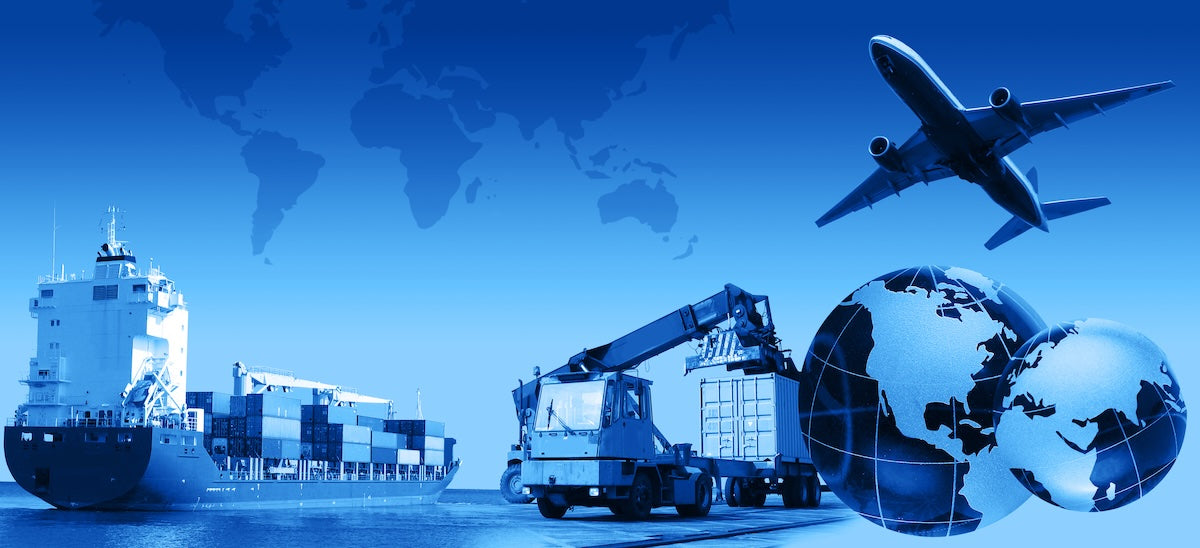Overcome Transportation Challenges with Cutting-Edge BLE Technology
In the fast-paced world of transportation, from logistics to public transit, efficiency, safety, and cost-effectiveness are paramount. Yet, traditional methods often fall short, leading to delays, increased expenses, and environmental impact. Research suggests that transportation challenges cost billions annually, with congestion alone costing the UK economy £4 billion due to street works (Road XS). Bluetooth Low Energy (BLE) sensors offer a transformative solution, providing real-time monitoring, tracking, and automation that can revolutionize how we move goods and people. At Blue Maestro, our BLE sensors and gateways are designed to tackle the toughest transportation challenges, ensuring smoother operations and a sustainable future. Discover how BLE can drive your transportation business forward—contact us today for a demo.
The Hidden Costs of Transportation Challenges
Transportation is the backbone of global economies, connecting people, goods, and services. However, it faces significant challenges that drain resources and hinder progress:- High Operational Costs: Transportation is a major expense for households and businesses. The U.S. Bureau of Transportation Statistics reports that U.S. households spend nearly 17% of their income on transportation, second only to housing. In logistics, fuel, maintenance, and labor costs can erode profit margins, especially when delays occur.
- Congestion and Inefficiency: Traffic congestion increases travel times, fuel consumption, and emissions. In urban areas, congestion costs billions annually. For example, street works in England from 2022 to 2023 cost the economy £4 billion due to disruptions (Road XS). Inefficient routes and manual processes further exacerbate these issues.
- Safety Risks: Vehicle maintenance issues, such as tire failures, contribute to accidents. In logistics, improper storage during transit can lead to spoilage or damage. The Food and Agriculture Organization estimates that 13.2% of global food production is lost due to poor handling, much of it during transportation.
- Environmental Impact: Transportation accounts for nearly 30% of U.S. greenhouse gas emissions, according to the U.S. Environmental Protection Agency. Inefficient operations and idling vehicles worsen this problem, making sustainable solutions critical.
- Accessibility Challenges: Limited access to reliable transportation affects millions, particularly those with mobility issues. The Urban Institute highlights that lack of access impacts employment, education, and healthcare, especially in rural areas.
The Solution: Bluetooth Low Energy Sensors
Bluetooth Low Energy (BLE) sensors, developed by the Bluetooth Special Interest Group, are low-power, short-range wireless devices ideal for Internet of Things (IoT) applications in transportation. Unlike classic Bluetooth, BLE is designed for small data transfers, consuming minimal energy, with some devices lasting up to 10 years on a single battery (Minew). Here’s how BLE sensors address transportation challenges:1. Mobile Ticketing in Public Transport
BLE beacons enable seamless mobile ticketing, allowing passengers to use smartphones for check-in/check-out systems, eliminating physical tickets. A case study in the Metropolitan Area of Porto, Portugal, showed that BLE-based ticketing reduced boarding times by up to 30%, improving efficiency and passenger satisfaction (ScienceDirect).2. Tire Pressure Monitoring Systems (TPMS)
In automotive applications, BLE sensors monitor tire pressure and temperature in real-time, enhancing safety and efficiency. The National Highway Traffic Safety Administration notes that TPMS can reduce tire-related accidents by 25% and save up to 3% in fuel costs. For electric vehicles (EVs), BLE reduces wiring, improving range by up to 1% (Renesas).3. Intra-Vehicular Wireless Sensor Networks (IVWSN)
BLE is used in IVWSNs to reduce wiring in vehicles, making them lighter and more fuel-efficient. This is critical for EVs, where weight reduction directly impacts range. Research suggests that BLE-based IVWSNs can improve fuel economy by up to 5% in traditional vehicles (ResearchGate).4. Asset Tracking in Logistics
BLE beacons track shipments in real-time, ensuring proper handling and reducing losses. For example, monitoring temperature-sensitive goods like food or pharmaceuticals can cut spoilage losses by up to 50%. BLE also tracks containers or pallets, improving supply chain efficiency (Inpixon).5. Location-Based Pricing and Services
BLE enables location-based pricing in public transit, where fare devices detect passengers’ presence for seamless billing. A study found that such systems can increase revenue by 15% while enhancing passenger experience (IEEE Xplore).Benefits of BLE Sensors in Transportation
BLE sensors offer significant advantages for transportation:- Cost Savings: TPMS saves $100 per vehicle annually in fuel, while reduced spoilage saves thousands in logistics.
- Improved Efficiency: Real-time data optimizes routes and reduces delays, cutting delivery times by up to 20% (Inpixon).
- Enhanced Safety: TPMS and vehicle monitoring reduce accidents, improving safety for drivers and cargo.
- Better User Experience: Mobile ticketing streamlines public transit, increasing ridership.
- Environmental Benefits: Efficient operations lower emissions, supporting sustainability goals.
Addressing Potential Challenges
While BLE sensors are powerful, they have limitations:- Limited Range: BLE’s 30–100-meter range can be extended with mesh networks (Bluetooth SIG).
- Interference: Frequency hopping mitigates interference in the 2.4 GHz band (Minew).
- Security Concerns: Advanced encryption ensures data integrity (ELA Innovation).
- Compatibility: BLE integrates easily with modern systems via standard APIs.
Market Trends and Adoption
The IoT in transportation market is growing rapidly, projected to reach $328 billion by 2030 with a CAGR of 20.3% (Global Trade Magazine). BLE’s low power and versatility make it a key driver, with applications in logistics, public transit, and automotive sectors gaining traction.Why Choose Blue Maestro?
At Blue Maestro, we offer tailored BLE solutions for transportation:- Customizable Sensors: Monitor temperature, humidity, location, and more.
- Seamless Integration: Gateways connect to existing systems for real-time data.
- Long Battery Life: Sensors last years, reducing maintenance.
- Expert Support: 24/7 assistance ensures success.